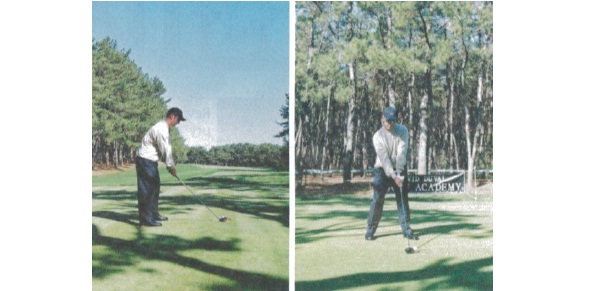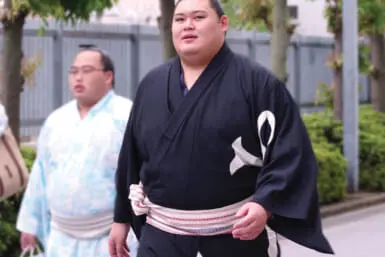by Paul Jones
Whether the Year of the Monkey has crept up on you like a stalking Tiger or struck like a Shark, don’t forget your golf game when making those New Year’s resolutions.
Most of you are now back from the holidays, with a lot to do and wondering where to start. When you consider your golf game, a great place to begin is with your swing. Over the course of the next year, we will be putting together a series of articles to build you a great golf swing. The key areas of focus will be: setup, takeaway, half swing, three-quarter swing, top swing, the transition, the downswing, the delivery, impact and follow-through.
It sounds like a lot, but in each column we will explain the positioning with professional models, easy instruction and practice and physical exercises to help you play the best golf possible.
THE SET-UP
What usually distinguishes a good player from a poor one is how they address the ball, or their “set-up.” Proper set-up is key for establishing a good golf swing.
If you set up correctly, there’s a good chance you will give yourself an opportunity to hit a decent shot, even if your swing is mediocre.
A good set-up helps you achieve three important objectives.
1. Proper posture and foot placement. This allows you to maintain your balance throughout the swing. A good player is balanced from beginning to end, allowing him to hit the ball squarely in the center of the club face for consistent ball striking.
2. Power and Control. A good set-up, and understanding the correct ball position and body alignment, helps you create power and gain control of the direction of your shot. The body angles and alignment when addressing the ball directly influence the path and angle with which you swing the club.
3. Contact. Because your swing evolves from your set-up, it also helps create a good impact position, which allows you to make solid contact with the ball.
PRACTICE EXERCISE
The use of a mirror is a great way to practice a new skill. To create the perfect set-up, I suggest you stand in front of a mirror and imitate the body shapes of PGA golfer David Duval (in the photos) setting up for a drive.
Key areas to note are:
■ The width of stance and feet position.
■ The postural bends (e.g. upper body, lower body and overall shape).
■ Weight distribution and balance. In set-up, note position and equal weight distribution (see front view photo) and have weight more on the balls of the feet (see side view photo).
■ The angle of the head, spine and hips. Note the left side of the body is tilted slightly higher than the right side for a right-handed golfer. This body angle allows correct rotation to occur throughout the entire swing.
GET PHYSICAL
While practicing the correct set-up, you may find it a bit more difficult than the ease with which the pros make it look. Key areas of focus are the upper body and torso, including the abdominals and often referred to as the “core area,” and the shoulder and upper back region.
The best advice is to consult a physical specialist and let him build, relative to your physical training history, a fitness program to suit your needs.









